“Civil War: New York Times 1860” has been added to your cart. View cart

Yom Kippur War (1973): CIA & State Department Documentary History
$19.50
Category: War Files
Tags: CIA, Yom Kippur War
Description
The Yom Kippur War: A Timeline and Cast
Detailed Timeline of the Yom Kippur War and Related Events (1967-1979)
1967:
- Six-Day War: Israel captures the Sinai Peninsula from Egypt, roughly half of Syria’s Golan Heights, and the West Bank territories from Jordan. Israel also significantly cripples the Egyptian, Syrian, and Jordanian militaries.
December 1, 1972:
- CIA Memo, “Israeli Thinking on a Peace Settlement with the Arabs”: This memo finds that most Israelis do not believe Arabs are ready or willing to make formal peace, nor would they accept Israel’s requirements for a “real peace.”
April 18, 1973:
- CIA Memo, “Israeli Raid on Lebanon: USSR Sees Terror As Hampering Peaceful Mideast Settlement and PRC Charges ‘Superpowers’ Aid Israeli with Weapons, Manpower”: U.S. intelligence assesses that an outbreak of fighting along the Suez Canal is not imminent. Egyptian President Sadat is believed to be using tough talk as a negotiating tactic, not a precursor to military action.
May 13, 1973:
- CIA Intelligence Report, “Views (Redacted) on the Probability that Egyptian President Sadat Seriously is Considering Launching Hostilities against Israel”: This report indicates a shift in opinion among “knowledgeable Egyptian observers,” who now believe Sadat is serious about launching hostilities against Israel, contrary to earlier assessments of bluffing. Positive indications of military and civilian preparations in Egypt support this view.
May 26, 1973:
- President’s Briefing covering Israeli Reaction to F-4s sales to Saudi Arabia: Israeli Foreign Minister Eban expresses strong opposition to U.S. F-4 sales to Saudi Arabia, arguing it would be seen as yielding to Arab oil pressure, encourage Arab intransigence, and prompt Israel to demand immediate arms and reconsider cooperation on Soviet most-favored-nation treatment.
August 24, 1973:
- CIA Intelligence Memorandum, “Demographic aspects of the Arab-Israeli dispute”: This memo highlights the “demographic threat” posed by the 1.5 million Arabs living in Israeli-controlled territories since 1967, and the intertwining of these populations. It projects faster Arab population growth, suggesting future Israeli control might depend on denying Arabs political rights or “goading them into leaving.”
September 1973:
- “The Arab-Israeli Handbook”: A comprehensive 184-page Interagency Intelligence Memorandum detailing the political and military situation, advanced weapons development, and military aid in the region.
October 4, 1973:
- “Combined Watch Report of the United States Intelligence Board”: U.S. intelligence continues to believe major Arab-Israeli hostilities are “unlikely for the immediate future,” despite a slight increase in the risk of localized fighting due to Syrian force buildup on the Golan Heights and Egyptian exercise activity. This report ultimately demonstrates a critical intelligence failure regarding the imminence of war.
October 6, 1973:
- Yom Kippur War Begins: On the day of Yom Kippur and the 10th day of Ramadan, Egypt and Syria launch a coordinated offensive against Israel.
- Egypt attempts to seize the eastern bank of the Suez Canal, aiming to leverage this for negotiations to regain the Sinai Peninsula.
- Syria launches an attack on the Golan Heights, making initial gains into Israeli-held territory.
October 7, 1973:
- Cable to Dr. Henry A. Kissinger from Ambassador Helms (Tehran): Iranian Prime Minister Hoveyda conveys a message from Egyptian President Sadat to President Nixon. Sadat offers to negotiate peace if Israel evacuates all territories occupied since June 5, 1967, and accepts international control for these territories. Egypt is also prepared to accept international supervision for freedom of navigation through the Gulf of Aqaba after Israeli withdrawal from Sharm Al Sheikh. Ambassador Helms expresses skepticism about the offer.
October 10, 1973:
- DCI Congressional Briefing, “Highlights of the Middle East Situation”: Four days into the war, the briefing notes:
- Egyptian forces are firmly established on the eastern bank of the Suez Canal, an admission from Israel that they couldn’t push them back.
- In the Golan Heights, despite heavy fighting, Israelis have been unable to push Syrians back beyond the 1967 cease-fire line and haven’t broken the Syrian army, with ground still contested.
- Israeli Counter-offensive: After initial setbacks, Israel launches a four-day counter-offensive deep into Syria. Within a week, Israeli artillery shells the outskirts of Damascus. Israel also repels Egyptian forces and advances within 60 miles of Cairo.
October 30, 1973:
- Memo, “Soviet Nuclear Weapons in Egypt?”: This memo reports on “Scud-associated equipment” at two Egyptian locations, suggesting the introduction of nuclear weapons into the Middle East by Moscow.
November 23, 1973:
- National Intelligence Estimate 1-73, “Using Oil as a Weapon: Implications and Prospects for the Arab Oil Producing States”: This report details the Arab oil embargo against the U.S. (and others) and major production cuts (25% total, threatening 5% monthly cuts) until Israel withdraws from all 1967-captured territories and Palestinian rights are restored.
December 1973:
- “The Performance of the Intelligence Community before the Arab-Israeli War of October 1973: A Preliminary Post-Mortem Report”: This report concludes that there was “an intelligence failure” as the Intelligence Community did not perceive or warn of the “growing possibility of an Arab attack.” It states that sufficient, though not conclusive, “plentiful, ominous, and often accurate” information from collection sources was available to prompt such a warning.
September 1975:
- Intelligence Report, “The 1973 Arab-Israeli War: Overview and Analysis of the Conflict”: This report analyzes the failed strategies, noting that Syrians aimed to liberate the Golan Heights in one stroke, while Egyptians sought a limited offensive for political effect. It also highlights Israeli overconfidence and their failure to recognize that their occupation of the Suez Canal’s east bank compromised their early warning capabilities against an Egyptian attack.
1979:
- Israeli-Egyptian Peace Treaty: The war paves the way for U.S. Secretary of State Henry Kissinger’s “shuttle diplomacy” and ultimately, the signing of the peace treaty between Israel and Egypt.
Cast of Characters
- Anwar Sadat: President of Egypt during the Yom Kippur War. He is depicted as following a “two-track approach” of tough talk and seeking a negotiated settlement, though by May 1973, U.S. intelligence notes a growing belief that he was serious about military action. He initiated the Yom Kippur War with Syria and communicated an offer for peace to President Nixon via the Shah of Iran on October 7, 1973.
- Henry Kissinger: U.S. Secretary of State during the Yom Kippur War. His “shuttle diplomacy” after the war is credited with paving the way for the 1979 Israeli-Egyptian peace treaty. A cable dated October 7, 1973, regarding Sadat’s peace offer, was sent to him at the White House.
- Richard Nixon: President of the United States during the Yom Kippur War. The war forced his administration to address Arab frustrations over Israeli-occupied territories. CIA files include a 2013 booklet titled “President Nixon and the Role of Intelligence in The 1973 Arab-Israeli War.” Sadat’s peace offer was directed to him.
- Abba Eban: Foreign Minister of Israel in May 1973. He strongly opposed U.S. F-4 sales to Saudi Arabia, expressing Israel’s concerns to the State Department.
- William E. Colby: Director of Central Intelligence (DCI) from 1973-1976. He is mentioned in the context of the CIA’s analysis of intelligence during the war. He would have been responsible for the DCI Congressional Briefing on October 10, 1973.
- Ambassador Helms: U.S. Ambassador in Tehran (likely Richard Helms, former DCI). He sent a cable to Henry Kissinger on October 7, 1973, relaying Sadat’s peace offer from the Shah of Iran.
- Prime Minister Hoveyda: Prime Minister of Iran (likely Amir-Abbas Hoveyda) in October 1973. He summoned Ambassador Helms at the Shah’s instruction to convey President Sadat’s cable to President Nixon regarding a peace offer.
- The Shah (of Iran): The monarch of Iran in October 1973. President Sadat sent a cable to him requesting that he inform President Nixon of Egypt’s peace conditions
Related products
-
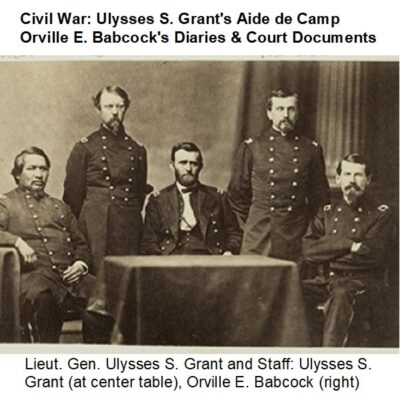
Civil War Ulysses S. Grant’s Aide de Camp Orville E. Babcock’s Diaries & Court Documents
$3.94 Add to Cart -
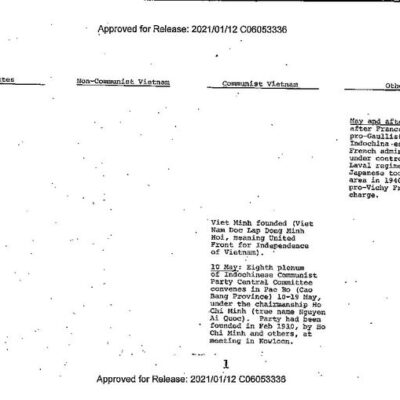
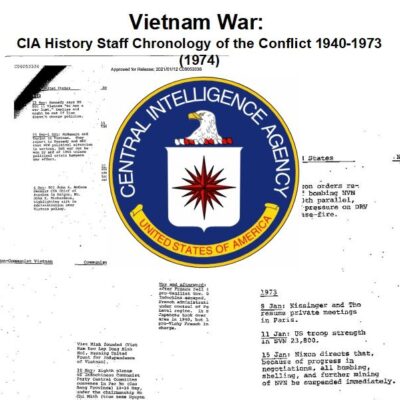
Vietnam War: CIA Chronology of the Conflict, 1940-1973 (1974)
$1.99 Add to Cart -
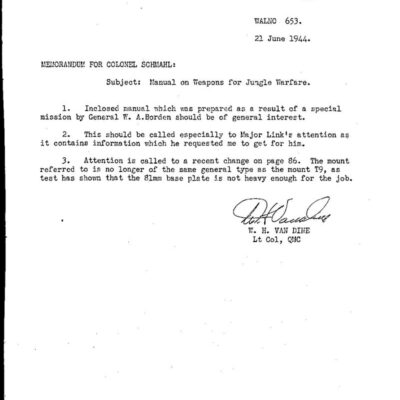
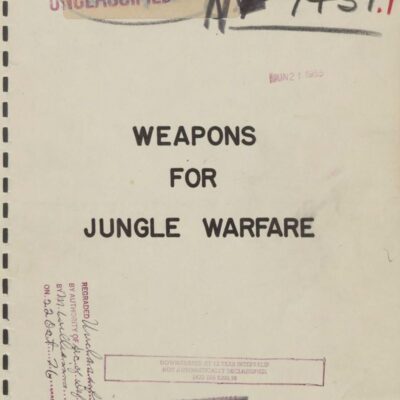
World War II Manual on Weapons for Jungle Warfare (1944)
$1.99 Add to Cart -
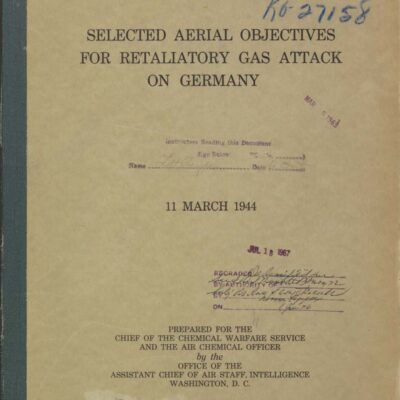
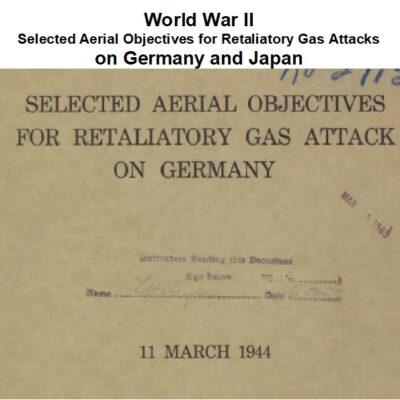
World War II: Targeted Aerial Objectives for Retaliatory Gas Attacks on Germany and Japan
$3.94 Add to Cart